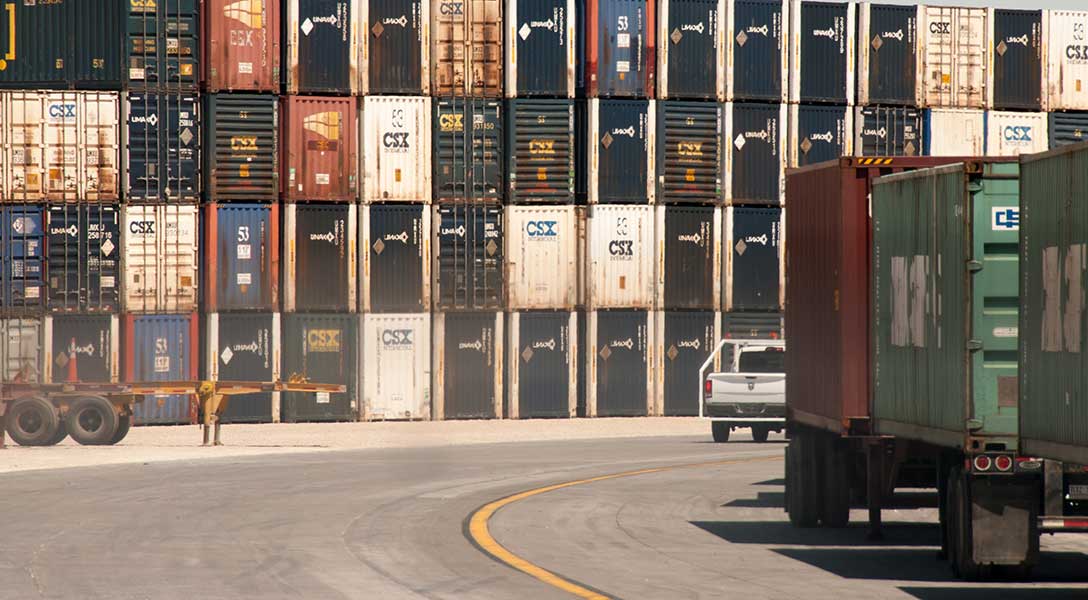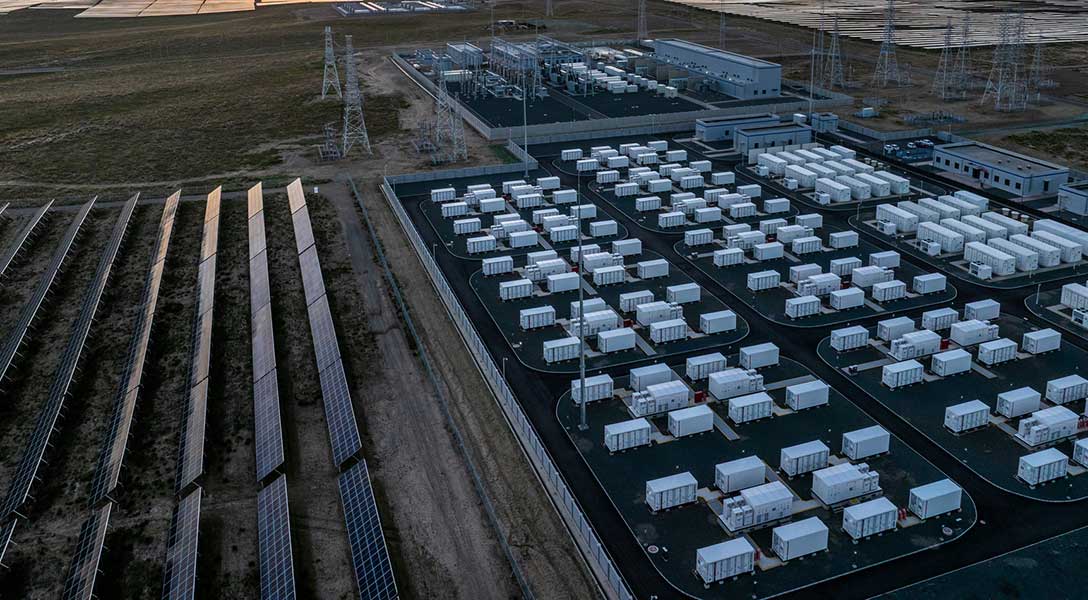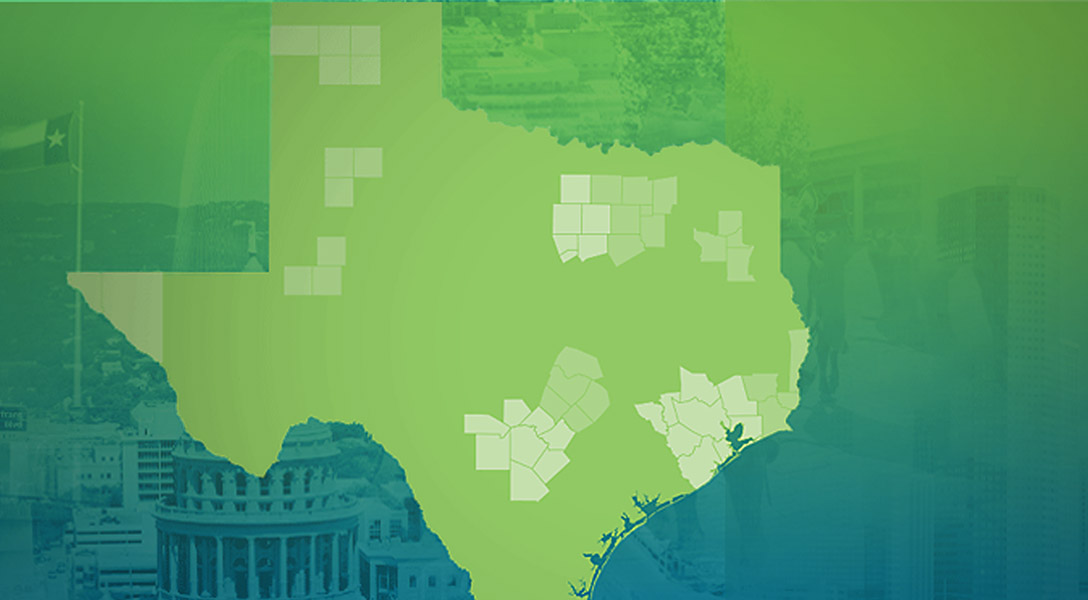Texas economy
State-level data and perspectives

Find the latest information
The Dallas Fed studies economic conditions in the Eleventh Federal Reserve District. The district includes all of Texas, the second-largest U.S. state by population, land area and GDP.
Recent releases

Texas service sector activity retreats slightly
Read more

Texas manufacturing activity accelerates, though employment remains flat
Read more

Fast-growing Texas metros offer blueprint to handle U.S. housing shortage
Read more

Texas economy cools as concerns about tariffs, uncertainty persist
Read more

Has the opioid crisis peaked in Texas and the U.S.?
Read more

Texas Economic Indicators, October 2025
Read more

Batteries, solar help keep the lights on in Texas but more needed
Read more

Texas economic growth outpaces the nation, but are small businesses keeping up?
Read more
Texas economic update
Current trends
Economic indicators
See all indicators
State and metro-level data
- Business-cycle indexes
- Employment
- Unemployment
- Real wages per worker
- Retail sales tax collections
- Trade-weighted value of the dollar
- Texas leading index
Research by topic
See all topics
Dallas Fed surveys
Dive into our survey reports to explore real-world insights from business leaders across the region. We gather their input to inform economic analysis and monetary policymaking.
Read survey reportsCharts and analysis

At the Heart of Texas: Cities’ Industry Clusters Drive Growth
Read about Texas metros

Texas Employment Forecast
View employment forecast

Slide show: Your Texas Economy
See current presentation

Slide show: Texas Economic Performance and Outlook
See presentations
Request a speaker
Our speakers share their expertise on a variety of topics for business, community and academic audiences.
Learn more